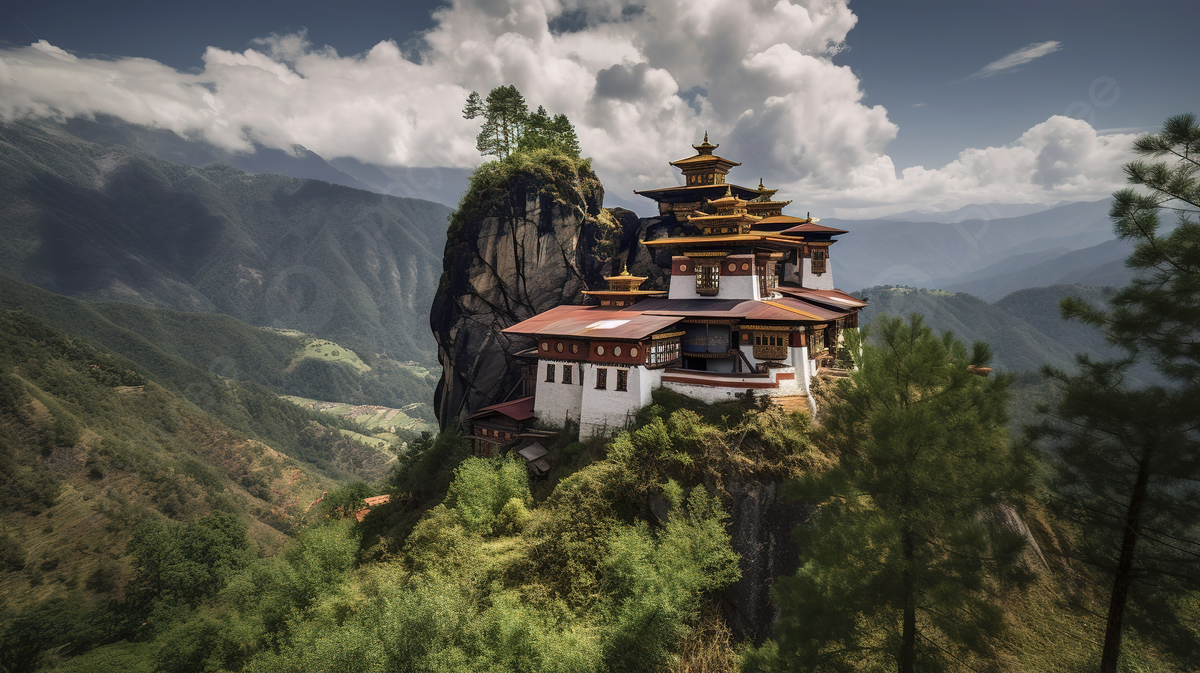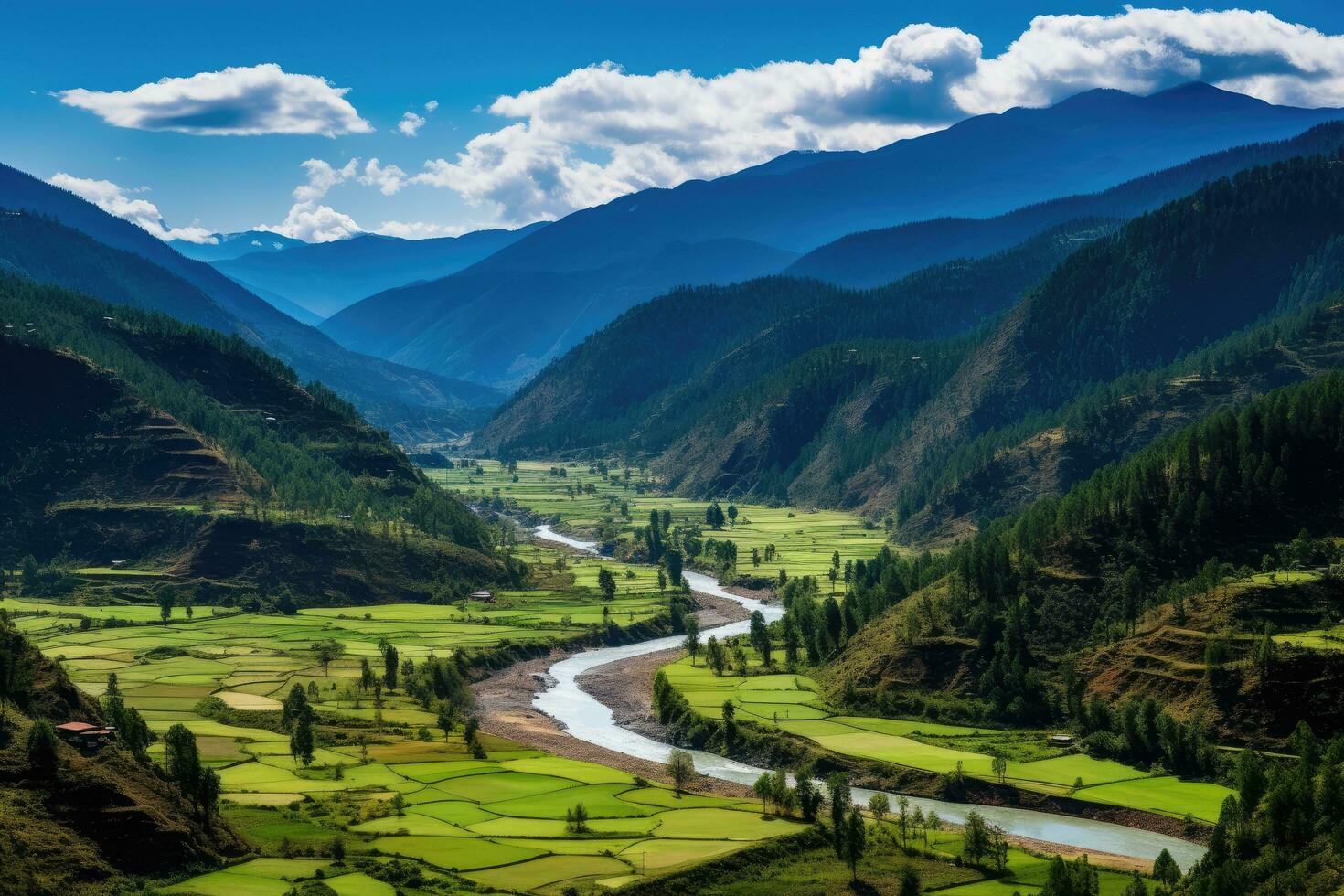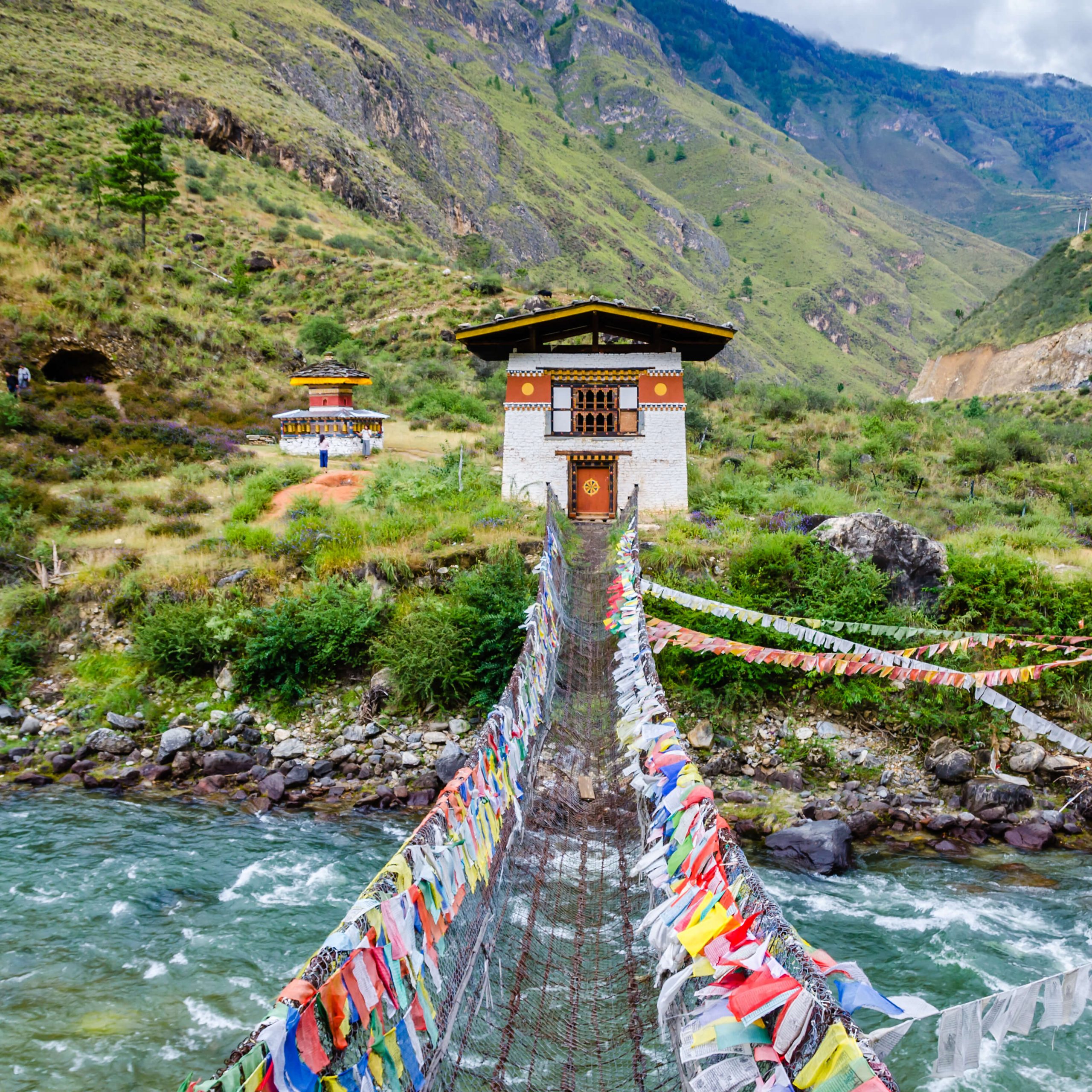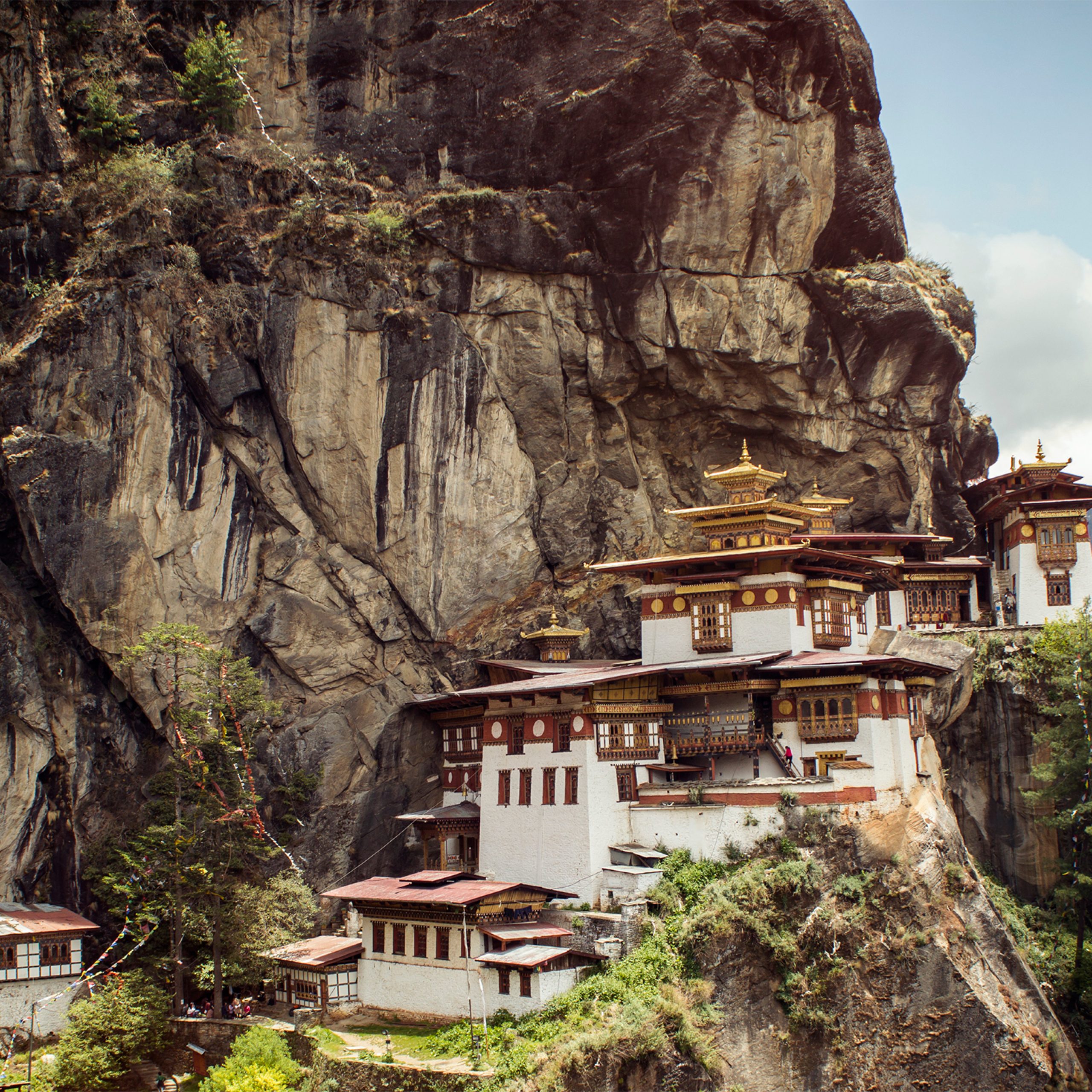4Nights 5Days
Daily Tour
15 people
___
About this tour
Bhutan’s northern and western boundary with the Tibet Autonomous Region (part of China), although undefined, generally follows the crest of the Great Himalayas. In the Duars Plain to the south of the Himalayan range lies Bhutan’s boundary with the Indian states of West Bengal and Assam. Bhutan borders the Indian states of Arunachal Pradesh to the east and Sikkim to the southwest.
Highlights
- Bhutan lies within the Great Himalayas; the snowcapped peaks in this region reach an elevation of more than 24,000 feet (7,300 metres). High valleys occur at elevations of 12,000 to 18,000 feet (3,700 to 5,500 metres), running down from the great northern glaciers.
Included/Excluded
- - Accommodation in sharing twin as per the itinerary
- - All meals in Hotel or City Restaurant( As Per Situation)
- - All transfers and sightseeing's as per the itinerary
- - English speaking accompanying guide
- - Govt royalty and taxes
- - Entrances
- - Expenses of personal nature
- - Insurance of any kind / medical expenses
- - Beverages ( alcoholic / non – alcoholic )
- - Expenses of personal nature(tipping,laundry,Telcalls,camera/video etc)
- - Airfares and Airport Taxes
- - Bhutan Visa Fee ( US$ 40 per person as stated above )
Itinerary

The flight into Bhutan takes you over the great Himalayas, offering the scintillating scenery of the world's highest glacial peaks. As you enter Paro valley, you will see the silvery Pa Chu (Paro river) meandering down the valley, the Paro Dzong (fortress) and Ta Dzong (watch tower). On arrival, received by our representative and transfer to Thimphu ( 55 km, 2 hours ) , the modern capital town of Bhutan. Afternoon visit the following : ( THE FOLLOWING SIGHTSEEING WLL DEPEND ON FLIGHT ARRIVAL TIME ONLY ) Handicrafts Emporium: This government-run enterprise displays a wide range of beautifully hand-woven textiles and craft products. It also carries a small collection of books on Bhutan, Buddhism and Himalayan culture. Trashichhodzong: This impressive fortress/monastery houses Secretariat building, the throne room of His Majesty, the King and various government offices. It is also the summer residence of Chief Abbot and central monk body. National Memorial Chorten: The building of this landmark was envisaged by the third king, His Majesty Jigme Dorji Wangchuck, as a monument to world peace and prosperity. Completed in 1974 after his untimely death, it is both a memorial to the Late King (“the Father of modern Bhutan”) and a monument to world peace. The paintings and statues inside the monument provide a deep insight into Buddhist philosophy. Overnight at the hotel in Thimphu.

Today's full day of sightseeing in Thimphu valley includes, visit to ; National Library, which holds a vast collection of ancient Buddhist texts and manuscripts, some dating back several hundred years, as well as modern academic books mainly on Himalayan culture and religion: ( Closed on Weekends ) Textile and Folk Heritage Museum: These museums, both of which opened in 2001, provide fascinating insights into Bhutanese material culture and way of life. ( Closed on Sundays ) Handicrafts Emporium ; it displays wide assortment of beautifully handwoven and crafted products. Trashichhodzong ; the beautiful fortress/monastery which houses Secretariate building, King's Throne room and other government's offices. It is also the summer residence of Chief Abbot. Memorial Chorten ; the beautiful stupa built in the memory of Bhutan's third King. The paintings and statues inside the monument provide a deep insight into Buddhist philosophy. Overnight at the Hotel in Thimphu.

Morning after breakfast drive to Paro – enroute visit Simtokha Dzong, the oldest fortress of the Kingdom which now houses the School for religious and cultural studies. In the afternoon in Paro , visit the following : Ta Dzong ( CLOSED ON SUNDAYS & MONDAYS ) : once a watchtower, built to defend Rinpung Dzong during inter-valley wars of the 17th century, Ta Dzong was inaugurated as Bhutan's National Museum in 1968. It holds fascinating collection of art, relics, religious thangkha paintings and Bhutan's exquisite postage stamps. The museum circular shape augments its varied collection displayed over several floors Afterwards, walk down a hillside trail to visit Rinpung Dzong, which has a long and fascinating history. Built in 1646 by Shabdrung Ngawang Namgyal , the first spiritual and temporal ruler of Bhutan, the Dzong houses the monastic body of Paro, the office of the Dzongda (district administrative head) and Thrimpon (judge) of Paro district. The approach to the Dzong is through a traditional covered bridge called Nemi Zam. A walk through the bridge, over a stone inlaid path, offers a good view of the architectural wonder of the Dzong as well as life around it. It is also the venue of Paro Tshechu, held once a year in the spring. Overnight at Hotel in Paro.

Morning after breakfast Excursion to Taktshang Monastery (5hrs hike) – : It is one of the most famous of Bhutan’s monasteries, perched on the side of a cliff 900m above the Paro valley floor. It is said that Guru Rinpoche arrived here on the back of a tigress and meditated at this monastery and hence it is called ‘Tiger’s Nest’. This site has been recognised as a most sacred place and visited by Shabdrung Ngawang Namgyal in 1646 and now visited by all Bhutanese at least once in their lifetime. On 19 April, 1998, a fire severely damaged the main structure of building but now this Bhutanese jewel has been restored to its original splendour. Afternoon : Visit Kyichu Lakhang : It is one of the oldest and most sacred shrines of the Kingdom dating back to 7th century (the other is Jambey Lhakahng in Bumthang). The lhakhang complex is composed of two temples. The first temple was built by Tibetan King, Songtsen Gampo in the 7th century and in 1968, H.M. Ashi Kesang, the Queen Mother of Bhutan, built the second temple in same original pattern. Overnight at the Hotel in Paro.

After breakfast drive to the airport for flight to onward destination.
Tour's Location
Reviews
Why book with us?
Information Contact
info@shashitours.com
Website
www.shashitours.com
Phone
+91-9811052699


Leave a review